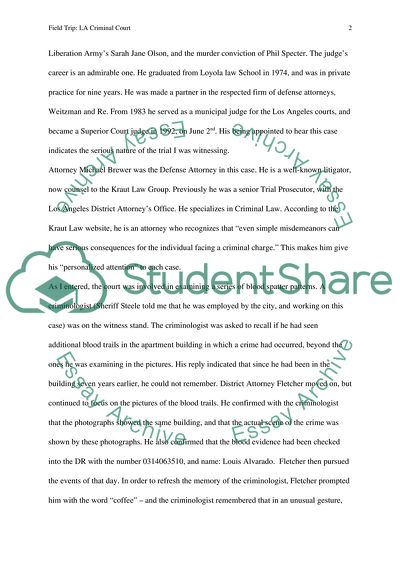Cite this document
(Courtroom Field Trip to the Los Angeles Case Study, n.d.)
Courtroom Field Trip to the Los Angeles Case Study. https://studentshare.org/law/1746409-courtroom-field-trip
Courtroom Field Trip to the Los Angeles Case Study. https://studentshare.org/law/1746409-courtroom-field-trip
(Courtroom Field Trip to the Los Angeles Case Study)
Courtroom Field Trip to the Los Angeles Case Study. https://studentshare.org/law/1746409-courtroom-field-trip.
Courtroom Field Trip to the Los Angeles Case Study. https://studentshare.org/law/1746409-courtroom-field-trip.
“Courtroom Field Trip to the Los Angeles Case Study”. https://studentshare.org/law/1746409-courtroom-field-trip.


